Pakistani Food in 2025
Are you Looking Pakistani best Food in 2025?
Top 10 National Foods of Pakistan in 2025
National Dishes of Pakistan | Famous Food of Pakistan
Table of Contents
Pakistan’s culinary landscape is a vibrant blend of regional flavors, spices, and cultural traditions. From the bustling streets of Karachi to the serene villages of Punjab and Balochistan, food is more than sustenance — it’s a way of life. In 2025, Pakistani cuisine continues to evolve while staying rooted in tradition. Here’s a list of The 10 Best National Foods of Pakistan that define the country’s rich gastronomic identity.
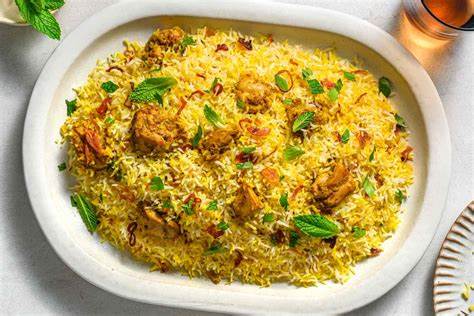
Biryani (بریانی)
– The King of Pakistani Cuisine
No list is complete without Biryani. This aromatic rice dish is layered with marinated chicken, beef, or mutton, slow-cooked with spices, saffron, and sometimes potatoes. Originating in the Mughal era, Biryani has become a national obsession, especially in cities like Karachi, Lahore, and Hyderabad.
- Best enjoyed with: Raita (yogurt sauce), salad, and a chilled soft drink.
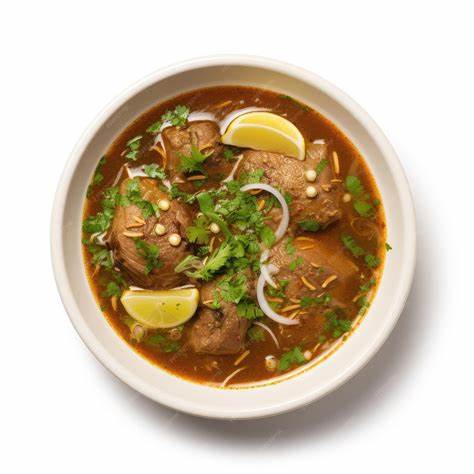
- Nihari (نہاری) – The Pride of Pakistani Breakfast:
- A luxurious slow-cooked stew, Nihari is made from tender beef or mutton shanks simmered overnight. It’s traditionally eaten in the morning with naan or kulcha. Originally brought to Pakistan by migrants from Delhi, Nihari is now a household name in Lahore and Karachi.
- Best enjoyed with: Fried onions, lemon, and sliced green chilies.
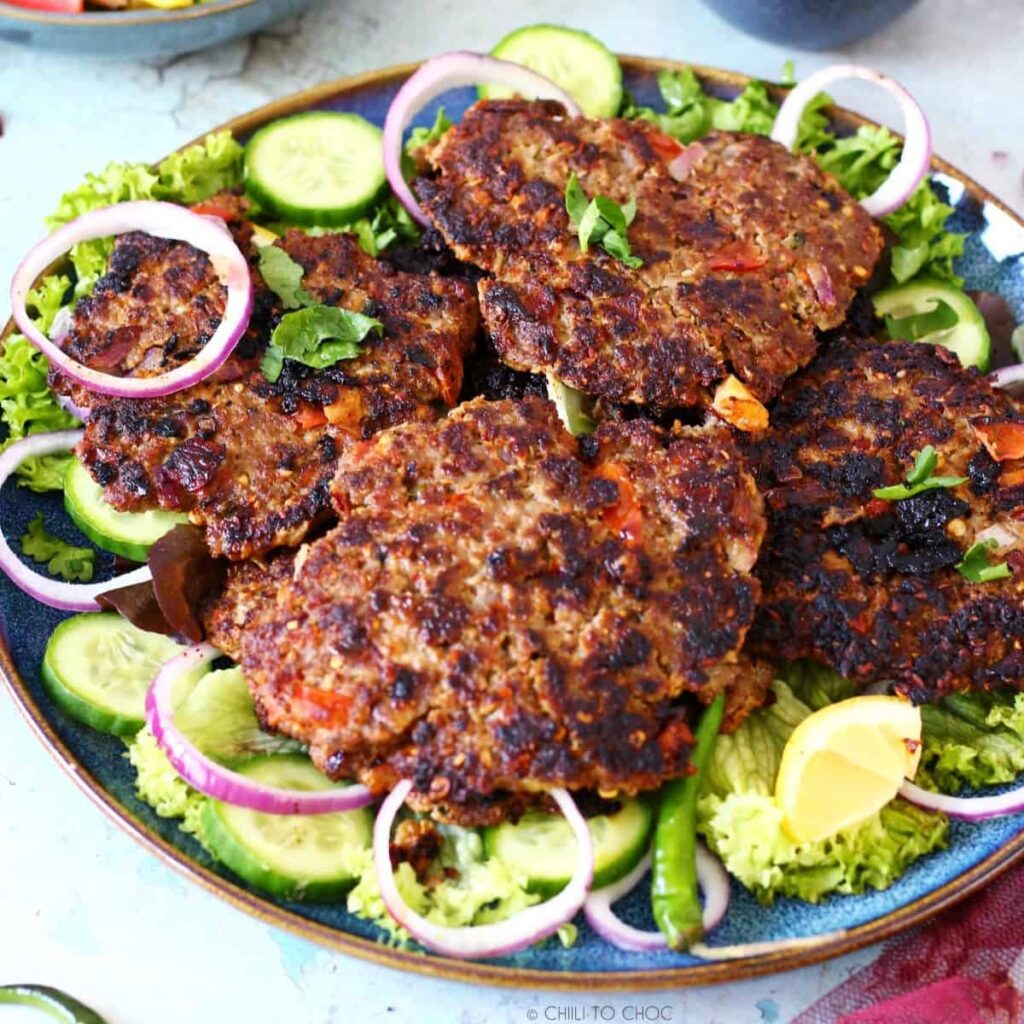
- Chapli Kebab (چپلی کباب) – The Pashtun Favorite
- Straight from the streets of Peshawar, Chapli Kebab is a spicy, round minced meat patty made with onions, tomatoes, herbs, and ground spices. Fried to crispy perfection, it’s a delicacy loved across Khyber Pakhtunkhwa and beyond.
- Best enjoyed with: Naan and mint chutney.
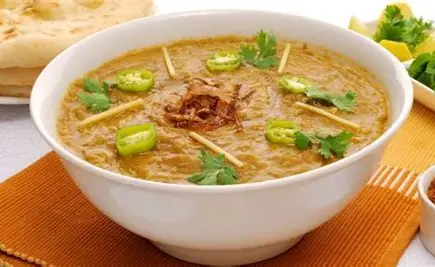
- Haleem (حلیم) – The Ultimate Comfort Food
- Haleem is a hearty mix of wheat, barley, lentils, and shredded meat. It’s slow-cooked for hours to a thick, creamy consistency. Often eaten during Ramadan or Muharram, it represents comfort and celebration in equal measure.
- Best enjoyed with: Fried onions, lemon, and fresh coriander.
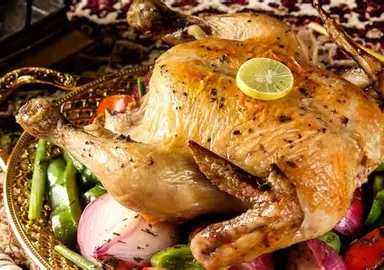
- Sajji (سجی) – The Balochi Roast
- A true delicacy from Balochistan, Sajji features a whole lamb or chicken marinated simply with salt and skewered to roast over open flames. It’s served with rice or naan and is known for its smoky flavor and juicy tenderness.
- Best enjoyed with: Raita and traditional Balochi rice.
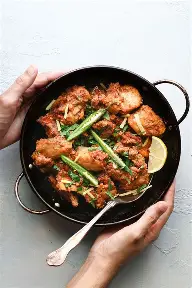
- Saag & Makai di Roti (ساگ اور مکئی کی روٹی) – Punjab’s Soul Food
- This winter staple from Punjab features slow-cooked mustard greens (saag) served with yellow corn flatbread (makai di roti), usually topped with butter or desi ghee. It’s a rural classic that has become a national comfort dish.
- Best enjoyed with: Lassi and pickled vegetables.
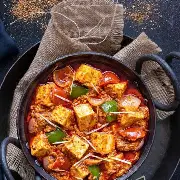
- Karahi (کڑاہی) – The Iconic Wok Curry
- Prepared in a wok-like vessel, Karahi is a spicy, tomato-based curry made with chicken, beef, or mutton. Known for its rich flavor and sizzling presentation, it’s a must-have at roadside dhabas and family dinners alike.
- Famous variations: Lahori Karahi, Shinwari Karahi, and White Karahi.
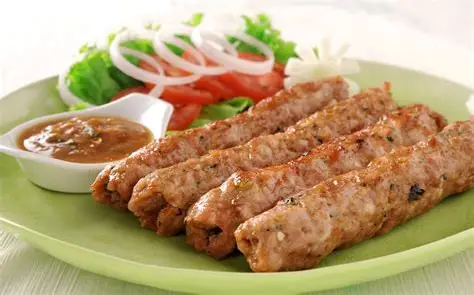
- Seekh Kebabs (سیخ کباب) – Grill Master’s Delight
- Seekh Kebabs are made from seasoned ground meat (usually beef or chicken) molded onto skewers and grilled. These juicy kebabs are a staple at BBQ nights, family gatherings, and food festivals.
- Best enjoyed with: Naan, tamarind chutney, and sliced onions.
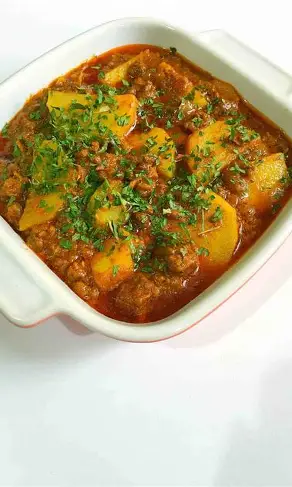
- Aloo Keema (آلو قیمہ) – The Everyday Hero
- Aloo Keema is a simple, home-style dish made with minced meat and potatoes cooked in a tomato-based gravy. Loved by families across Pakistan, it’s often considered the ultimate comfort food.
- Best enjoyed with: Roti or boiled rice.
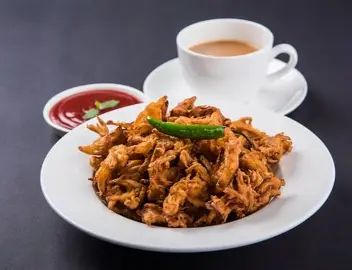
- Pakora & Chai (پکوڑے اور چائے) – Rainy Day Essentials
- Though technically a snack, pakoras (fried fritters made of vegetables and gram flour) paired with steaming hot chai are symbolic of Pakistani evenings, especially during monsoon season. They’re also a Ramadan iftar essential.
- Best enjoyed with: Green chutney and a good conversation.
Why is the natural environment important?
It gives us everything we need to live—like clean air, water, food, and a safe place to live. It also helps keep the Earth healthy.
What are examples of the natural environment?
Examples include forests, rivers, oceans, mountains, deserts, animals, and plants.
What harms the natural environment?
Pollution, cutting down too many trees (deforestation), wasting water, and using too many resources hurt the environment.
How can we protect the natural environment?
We can help by planting trees, saving water, not littering, recycling, and using less plastic and electricity.
